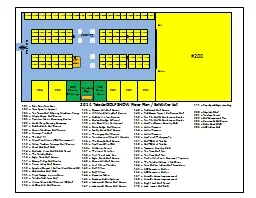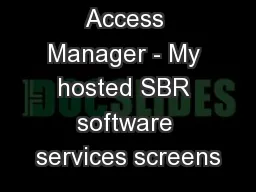PPT-Hosted by: The University of Toledo
Author : yoshiko-marsland | Published Date : 2020-01-13
Hosted by The University of Toledo October 21 2019 The Fawcett Center Columbus Ohio Laura Bowser Applications Developer Lynette Johnson Associate Registrar lbowserkentedu
Presentation Embed Code
Download Presentation
Download Presentation The PPT/PDF document "Hosted by: The University of Toledo" is the property of its rightful owner. Permission is granted to download and print the materials on this website for personal, non-commercial use only, and to display it on your personal computer provided you do not modify the materials and that you retain all copyright notices contained in the materials. By downloading content from our website, you accept the terms of this agreement.
Hosted by: The University of Toledo: Transcript
Download Rules Of Document
"Hosted by: The University of Toledo"The content belongs to its owner. You may download and print it for personal use, without modification, and keep all copyright notices. By downloading, you agree to these terms.
Related Documents














